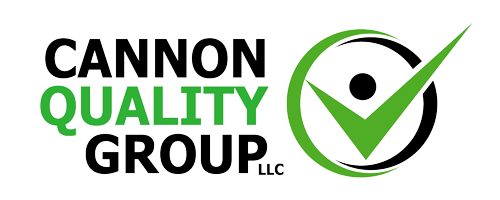One of the most challenging aspects of running a medtech start-up is navigating the waters of the FDA quality system regulation (FDA QSR). Determining which parts of the QS regulation apply and which don’t can get confusing.
Required Controls
Control is the name of the game when it comes to medical device QSR. Take a look at the FDA QSR and you’ll see a long list of controls:
- Design controls.
- Document controls.
- Purchasing controls.
- Production and process controls.
- Labeling and packaging control.
4 QSR Compliance Best Practices
Within those systems, there are multiple other processes that need to be controlled. How can you ensure QSR ? Here are four best practices you can apply to improve your regulatory compliance:
- Build quality management principles into your processes from the ground up.
- Ensure personnel understand and use those principles.
- Review processes and improve regularly.
- Utilize experienced mentors.
1. Built-in QMS
Building in QSR compliance ensures your quality management system meets regulations from the start. Complying with the FDA QSR requires a lot of documentation. While you can create all of your standard operating procedures (SOPs) and reports on a computer and print them, you’ll soon find that paper-based systems are bulky and prone to compliance gaps. Utilizing QSR-aligned software to automate those processes ensures compliance.
QSR-ready software provides an electronic QMS (eQMS) system that automates many required controls. The eQMS can document your procedures and reports, ensure only current documents are in use, and even notify you of impending due dates.
2. Compliance Training
QSR compliance depends wholly on providing evidence of compliance. The most thorough and automated QSR software won’t mean a thing if your employees don’t know how to use it. Training ensures documentation of requirements is second nature for your employees.
A holistic training program includes different methods of training to account for different learning styles. Training presentations should be complemented by in-depth, hands-on training. Trainees should only be allowed to work independently after their competence in FDA QSR has been assessed and documented. A purpose-built QMS can automate and integrate these and other training activities.
3. Continuous Improvement
Mistakes will happen. Commit to QSR compliance by learning from your mistakes through a careful corrective action/preventive action (CAPA) process. Root cause analysis means really getting to the bottom of the problem to keep it from happening again.
Utilize root cause analysis tools like the five-whys, the fishbone diagram, 80/20 rule (Pareto), fault tree, and failure mode and effects analysis (FMEA). Keep in mind that FDA QSR requires CAPA activities to be documented.
4. Phone a Friend
When you’re new to QSR compliance, you can actually create a compliance risk by doing too much. Trying to avoid mistakes, you attempt to ‘do it all’. But doing it all may not be necessary — at least not yet. It helps to have an experienced, knowledgeable resource that’s ‘been there, done that’.
Establish a relationship with experienced industry experts by joining an organization like the American Society for Quality (ASQ). If you need more in-depth guidance with FDA approval or clearance, mock audits, or gap analyses, consider hiring a quality consultant. Quality consultants can guide you through the details of automating processes with QSR-aligned software, submitting a 510(k), or classifying your device.
QSR Compliance Means Patient Safety
Remember that your ultimate goal is in line with the FDA QSR – ensuring your medical device safely and effectively meets the needs of patients. The regulations are there to serve as protections rather than act as a stumbling block.
QSR compliance can be complex, but it doesn’t have to be burdensome. Implementing these best practices will improve your regulatory compliance while producing a product ready for market.

